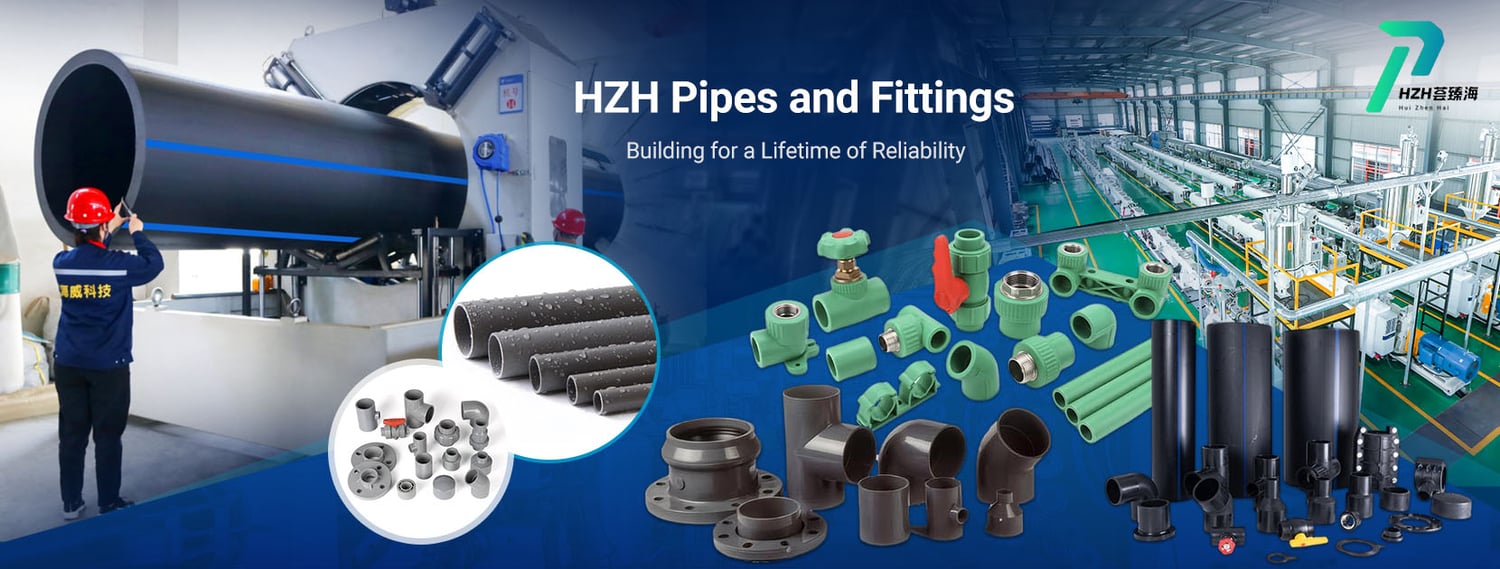Overview of underground electrical conduit specificationsWhen it comes to underground electrical installations, ensuring that the conduit specifications are met is crucial. These specifications outline the requirements for the materials, dimensions, and installation methods needed to safely and effectively protect electrical wiring underground.Materials Used in Underground Electrical ConduitsThe materials used in underground electrical conduits must be able to withstand the harsh underground environment. Common materials include PVC, HDPE, and rigid metal conduits. Each material has its own advantages and specifications that must be considered when choosing the right conduit for the job.Dimensions and Sizing of Electrical ConduitsProper sizing of electrical conduits is essential to ensure that the wires can easily pass through without being damaged. The diameter of the conduit should be large enough to accommodate the wires and allow for future expansions or upgrades. Refer to industry standards for the recommended sizing guidelines.Installation Methods for Underground ConduitsThe installation of underground electrical conduits must be done carefully to prevent any damage to the wires and ensure proper functionality. Conduits should be buried at the appropriate depth, protected from physical damage, and sealed to prevent water intrusion. Following the recommended installation methods is crucial for a successful project.Testing and Inspection of Electrical ConduitsBefore the installation is complete, testing and inspection of the electrical conduits should be conducted to verify that all specifications have been met. This may include pressure testing for waterproofing, inspection of the conduit joints, and verifying the proper placement of conduits according to the design plans.Environmental Considerations for Underground ConduitsEnvironmental factors such as soil conditions, temperature variations, and water exposure can impact the performance of underground electrical conduits. It is important to consider these factors when selecting materials and designing the installation to ensure long-term reliability and safety.Compliance with Electrical Codes and RegulationsAdhering to electrical codes and regulations is essential when installing underground conduits to ensure the safety of the electrical system and compliance with legal requirements. Familiarize yourself with the applicable codes and standards to avoid any violations or safety hazards.Maintenance and Repair of Underground ConduitsRegular maintenance and inspection of underground electrical conduits are important to identify any issues early on and prevent costly repairs or replacements. Monitoring for signs of damage, corrosion, or water infiltration can help extend the lifespan of the conduits and ensure uninterrupted electrical service.Cost Considerations for Underground Conduit InstallationsThe cost of installing underground electrical conduits can vary depending on factors such as material choice, labor costs, depth of burial, and project complexity. Consider conducting a cost analysis and comparing quotes from different suppliers to ensure you stay within budget while meeting the necessary specifications.Future Trends in Underground Electrical ConduitsAs technology advances and the demand for underground electrical installations grows, new trends and innovations in conduit materials, installation methods, and monitoring systems are emerging. Keeping up to date with these trends can help you stay ahead in the industry and deliver more efficient and reliable electrical systems.Quote Inquirycontact us










